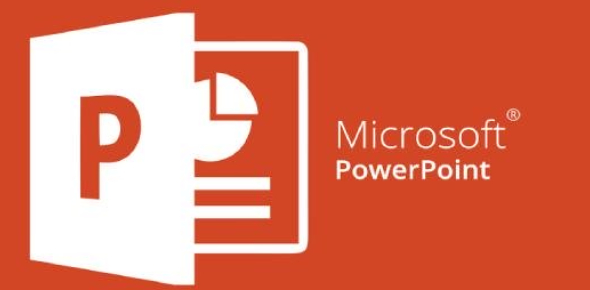How Well Do You Know The Motor Skills & Abilities?
2.
You may optionally provide this to label your report, leaderboard, or certificate.
Submit
Submit
×
Thank you for your feedback!
















